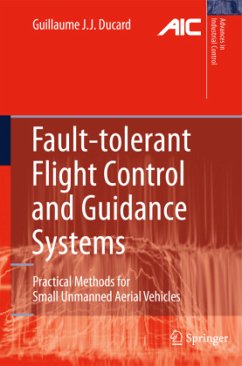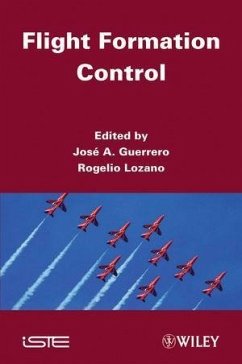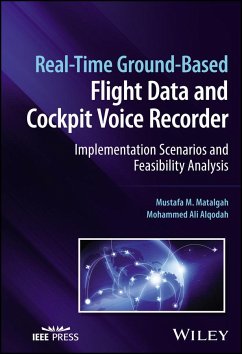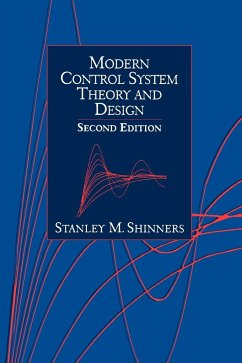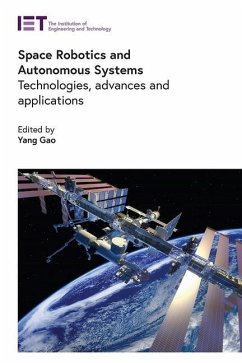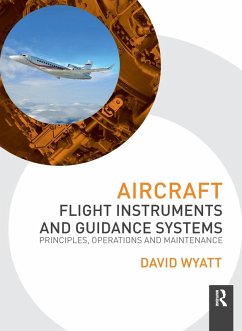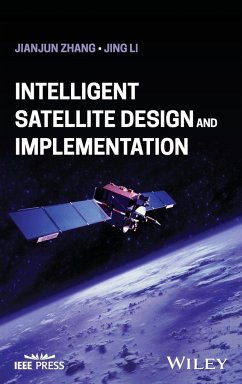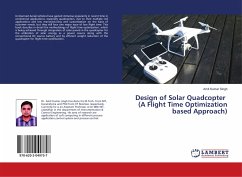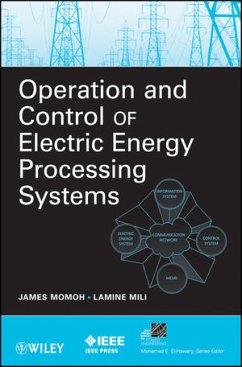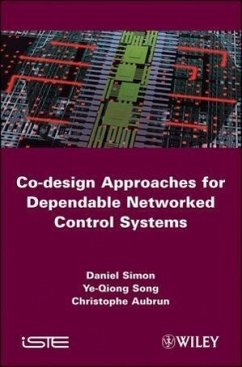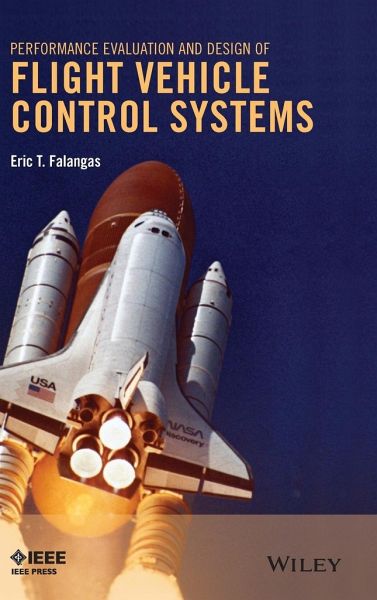
Performance Evaluation and Design of Flight Vehicle Control Systems
Versandkostenfrei!
Versandfertig in über 4 Wochen
123,99 €
inkl. MwSt.
Weitere Ausgaben:

PAYBACK Punkte
62 °P sammeln!
The purpose of this book is to assist analysts, engineers, and students toward developing dynamic models, and analyzing the control of flight vehicles with various blended features comprising aircraft, launch vehicles, reentry vehicles, missiles and aircraft. * Graphical methods for analysing vehicle performance * Methods for trimming deflections of a vehicle that has multiple types of effectors * Presents a parameters used for speedily evaluating the performance, stability, and controllability of a new flight vehicle concept along a trajectory or with fixed flight conditions




